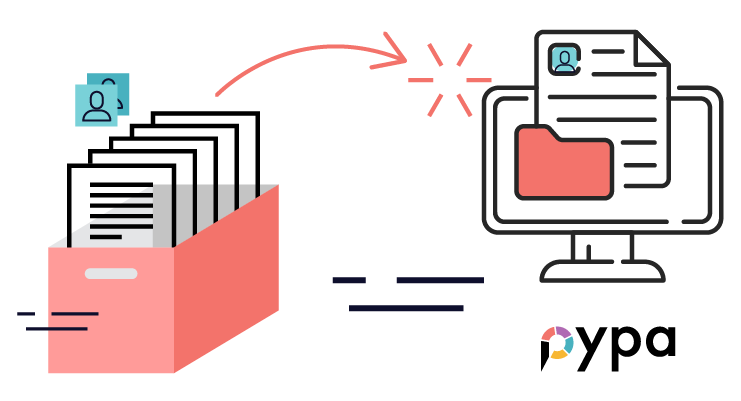
Rediscovering Human Resources and the realms of possibilities it could bring to businesses of tomorrow.
One of the first things the world traditionally inferred as ‘Human Resources’ is its hierarchy model of people management, ensuring uniformity within an organization. However, now that the work dynamics have transformed into flexibility, resilience, and scalability, such ancient HR principles are out of the window. And it has left a gaping need to re-establish an asset management ecosystem built around and intertwined with connections, creativity, automation, employee engagement, and resilience across all areas.
As the world continues to change with uncertain events, it gives us the unusual opportunity of seeing things differently, sometimes from vastly distinct perspectives. And what emerges from such observations are called drivers that have the potential to disrupt the human resources currently and in the future, such as—
The catastrophic impact of the pandemic, ongoing wars, economic crisis, etc, has widened the gap between companies that are superfluous in maximizing their human capital and businesses that are human.
In the former, the motivation behind employees signing up is simply the attractive packages that soon lose luster when they get another shiny offer at hand. While the company spends heavily on technology (as they’ve seen high-cost savings), their (pseudo) HR is downsized to a few specialists that are reluctant to spend on individual employee growth; and are only keen on evaluating employees based on incentives. For employees/candidates, such companies are just one among many options that don’t see them as anything beyond a numerical figure in a data field.
On the other hand, organizations and HR leaders reimagining their tenets of business models, are emerging out of the crowd. They’re keen on investing in human resources, recognizing them as talent/teams, and prioritizing collaboration. Identified as key allies in the career development of employees, these companies are building meaningful relationships.
HR can articulate the employer realities and align them with employee preferences translating into the purpose, which then can shape employee norms and behaviors. However, it can only begin with companies first recognizing ‘labor’ as ‘talent.’ McKinsey studies show that organizations that reallocate talent perform much better than their peers. This allows companies to move away from hierarchy and bring a shift that thrives on transparency and value. HR leaders are actually internal service providers who can tap into creating personalized employee experiences, thus building the elements of positive work morale and culture. Such experiences can also be evaluated by using people management technology effectively.
HR must also recognize that culture change is the key foundation for promising financial performance. Leading by example, when the leaders have followed the behavior changes that they asked the employees to make, companies have 5X the chance to make successful transformations.
There’s no better example than the pandemic which, has taught us to value quick decisions for adaptable strategies saving businesses and outperforming their peers. HR can empower employees with solid decision-making and reward them for taking risks.
Investing in technology that can streamline the performance review process of your company and can pour into your organization’s agility. Furthermore, with the right HRMS you can leverage innovation throughout the employee lifecycle, from attracting top talent to people productivity management.
The market currently has reached saturation in a broad spectrum of value-based HR initiatives, and thus it is prioritization that acts as the main differentiator. It is imperative that the future belongs to workforce flexibility, upskilling, and, most importantly, creating a collaborative, strategic HR tech ecology that will root employees in leadership and culture. This is where you’d need good staff management software that will help you pin down the corners of the plausible futures of a dynamic organization. Designed for enterprises of tomorrow, PYPA HR covers the whole nine yards of intelligent automation like managing employee profiles, time tracking, leave management, reporting & analytics, performance management, calendar scheduling, and much more – so get started by signing up for free.

A good recruitment process is key to hiring top talent. It may seem quite complicated to create a...

Employer branding can help improve your hiring, your employee retention and your sales. Therefore,...

Employee records are something that all businesses, whether big or small, need to keep, sometimes...